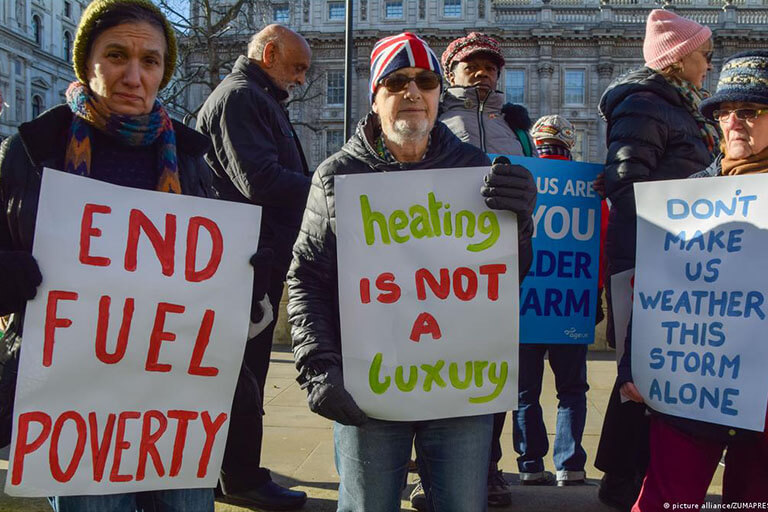The cost-of-living crisis in the UK continues to worsen as March’s inflation rate stays in double digits, driven by skyrocketing food prices. The annual headline inflation figure of 10.1% exceeded expectations, with the consumer price index nearly a full percentage point higher than projected in February by the Bank of England’s Monetary Policy Committee. Food and non-alcoholic beverage prices surged by 19.2% in the 12 months to March, marking the sharpest annual increase in over 45 years.
Despite the government’s provision of residential energy subsidies, households are struggling with high food and energy bills, and workers in various sectors have launched mass strikes over pay and conditions. L.E.K. Consulting’s Global co-head of the consumer, Dominic Miles, has stated that “there is currently no respite from cost-of-living pressures.”
Although food prices are the primary reason for the elevated inflation rate, other factors continue to drive prices up. Core inflation, which excludes alcohol, volatile food, energy, and tobacco prices, rose by 6.2% over the year, unchanged from February. This lack of change is concerning for the Bank of England, especially with a tight labor market reaffirming that inflation risks remain high.
The flatlining GDP of the UK in February was partly attributed to squeezed household incomes and widespread strikes, and the labor market tightness and persistently high inflation are likely to prompt further interest rate hikes by the Bank of England. This will exert additional downward pressure on an economy that is already expected to be the worst-performing major one over the next two years.
Many economists expect the Bank of England to implement a 25-basis-point rate hike during its May 11 meeting, which would bring the main bank rate to 4.5%. Several economists have upgraded their terminal interest rate forecasts accordingly. Global macro strategist, Peter Schaffrik, and Royal Bank of Canada’s senior UK economist, Cathal Kennedy, expect a 25-basis-point hike but predict the bank will hold its rate for the rest of the year.
Deutsche Bank senior economist Sanjay Raja has revised its forecasts, stating that the bank will implement two more hikes, taking the Bank Rate to 4.75% in June. Berenberg also upped its rate forecast, predicting a 25-basis-point hike to 4.5%, with a 30% chance of an additional quarter-point hike to 4.75% at the June meeting. Despite still projecting drops totaling 50 basis points in Q4 2023, the Hamburg-based private bank now expects the Bank rate to end the year at 4% before further cuts in 2024.
The UK’s cost-of-living crisis, widespread strikes, and high inflation remain major concerns. While food prices are expected to fall sharply in April due to the base effects of last year’s energy price spike triggered by Russia’s invasion of Ukraine, broader upward price pressures are likely to continue.
While there may be some relief for households regarding food prices in the coming months, further interest rate hikes are expected, which will make life even harder for ordinary citizens.














